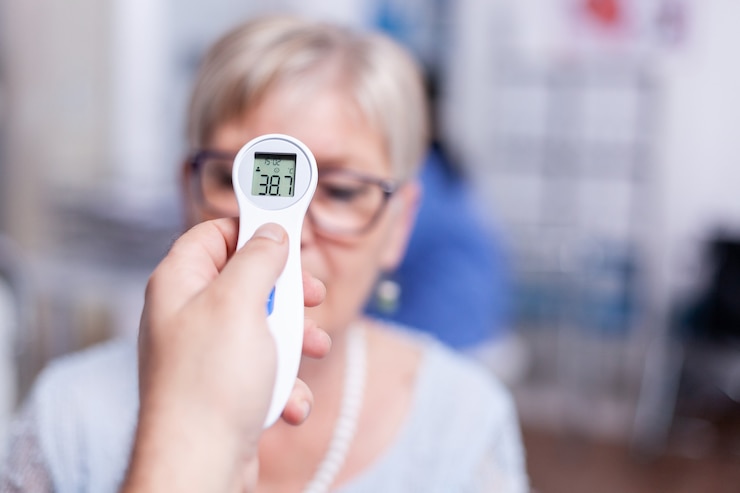
1. **Making Blood Sugar Checks More Comfortable**
2. **Gentler Ways to Monitor Your Blood Sugar**
3. **Tips for a Less Painful Blood Sugar Test**
4. **Easing the Sting of Blood Sugar Monitoring**
5. **Simple Tricks to Minimize Discomfort During Glucose Checks**
6. **A Softer Approach to Blood Sugar Testing**
7. **How to Make Glucose Monitoring Feel Less Intense**
Let me know if you’d like the tone to be more formal, technical, or conversational!
Diabetes affects millions of people around the world. It happens when your blood sugar levels get too high. The main source of this sugar, or glucose, is the food we eat. Normally, your body uses a hormone called insulin—produced by the pancreas—to help move glucose from your bloodstream into your cells, where it’s used for energy. But if your body doesn’t make enough insulin or can’t use it properly, that’s when diabetes develops.
Having diabetes doesn’t mean you can’t live a healthy, active life. The key is managing your blood sugar levels. This means keeping them from getting too low (hypoglycemia) or too high (hyperglycemia), and that requires regular monitoring.
The goal of diabetes treatment is to keep your blood sugar within a healthy range. Monitoring your levels throughout the day helps you avoid extreme highs and lows, and it also helps prevent long-term damage to your body caused by too much sugar in your blood.
It’s important to check your blood sugar at different times during the day. A common time to test is before and about two hours after meals, since that’s when most of the glucose from your food has been absorbed. However, how often you need to test depends on your specific treatment plan.
To check your levels, you’ll use a glucose meter. This device takes a small drop of blood—usually from your fingertip—and measures the sugar level. It includes a lancing device, which is what pricks your finger to get the blood sample. While this process is quick, it can be uncomfortable or even painful for some people.
There are two main types of lancets used in glucose meters: traditional lancets and pip lancets. They come in different sizes, and some are designed specifically for children, requiring less blood for testing.
Traditional lancets are simple plastic devices with a needle hidden under a cap. You twist off the cap to use them. While they can be used on their own, most people use them with a lancing device that helps control the prick.
Pip lancets, which were once only used in hospitals, are now available for home use. They work like traditional lancets but are easier to use and dispose of. One big advantage is that they’re often less painful. The needle is never exposed, which helps prevent accidental pricks, and they’re designed for one-time use. You can also control how deep the needle goes, which can reduce pain and skin damage.
Even though the purpose of a lancet is to break the skin, pip lancets are generally more comfortable than traditional ones. Still, pain tolerance varies from person to person, so what works for one person might not work for another. Finding the right lancet often takes some trial and error.
There are also a few tips that can help make testing less painful. Try pricking the side of your finger instead of the center—this area tends to be less sensitive. Also, avoid using alcohol wipes before testing, as they can dry out your skin and make it harder to get a good blood sample.
It’s also a good idea to use a new lancet each time. Reusing them might save money, but it can make the needle dull, which means it might take more than one try to get a drop of blood—and that can hurt more.
For people with diabetes, checking blood sugar becomes a regular part of life. While it’s not always pleasant, there are ways to make it easier and less painful. Pip lancets are a great option for many, helping to make daily testing a little more comfortable.